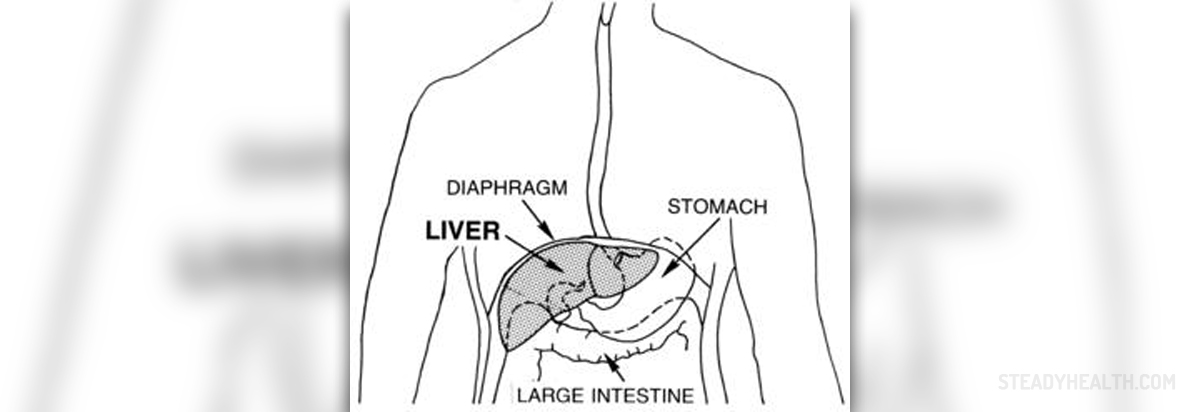
Cirrhosis is a condition which takes place after a liver disease escalates, affecting its functioning and structure. Basically, a liver disease destroys the cells in this organ, leading to its gradual deterioration. Once our organism tries to fix the damage, it repairs the liver cells leading to scar tissue formation. Alcohol, fat and certain medications, all may lead to liver cirrhosis. Additionally, viruses, toxic metal exposure and autoimmune liver diseases, also belong to the list of possible causes of this condition.
The Effect of Cirrhosis
Taking into consideration the fact that our liver is a very important organ in our body, producing clotting proteins and removing toxic substances from our organism, also being in charge with regulation of the body glucose and lipid supplies, any damage to the liver can take a great toll on our overall well-being. Simply, all of the cells in the liver need to be in optimal shape in order for this organ to be capable of performing all of its vital functions. Unfortunately, cirrhosis inhibits many of these processes, leading to numerous health problems and complications.
Liver and our Blood
Our liver receives only a small amount of our body's blood due to a limited supply of blood from the arteries. As the blood from the portal vein goes through the liver, it gets distributed via many smaller veins, being so small that they can deliver blood to the liver cells themselves. Thereby, this process allows the liver to purify the blood before it gets returned to the heart.
Once a cirrhosis takes place, this unique relationship between the liver and the blood in our organism gets inhibited. The scarring in the liver tissue obstructs the blood flow and prevents the healthy liver cells from reaching the veins and the blood. Subsequently, more and more blood gets trapped in the portal vein, leading to a condition medically referred to as portal hypertension, taking place due to an increase of blood pressure in the area. So, since the blood cannot pass through the liver and get purified, it seeks other passages back to the heart and numerous signs of cirrhosis take place.
Liver and the Bile
Cirrhosis can stand in the way between the liver cells and bile channels. The bile produced by the liver is responsible for many digestive processes and is involved in the detoxification procedure too. The bile gets delivered to the small intestine through various tiny ducts, contributing to the digestive processes there. Unfortunately, cirrhosis obstructs these processes and leads to many associated problems.


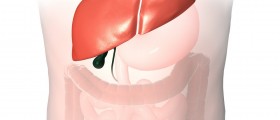

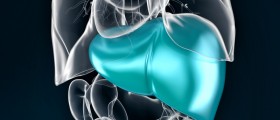







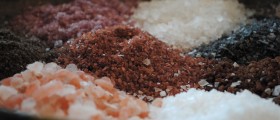
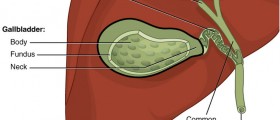
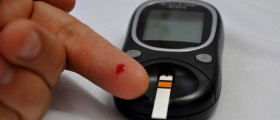

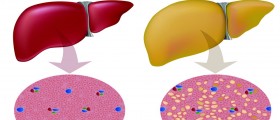
Your thoughts on this
Loading...